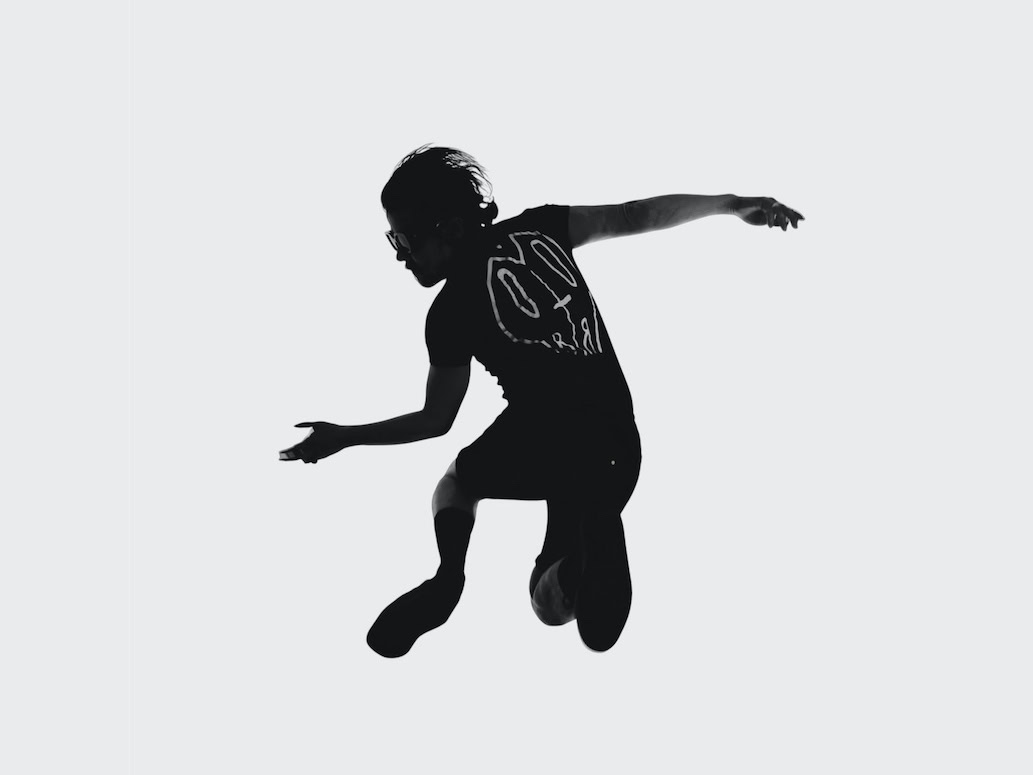Free understanding of form
The new edition of Clara Schumann's "Three Romances" reveals her collaboration with Joseph Joachim and Wilhelm Joseph von Wasielewski.

The Three romances for violin and piano by Clara Schumann, with their melancholy, harmonically rich melodic arcs, cheerful bird calls and lively accompaniment, immediately strike a chord with the listener. Their new edition by the internationally active violinist and teacher Jacqueline Ross has important advantages: In a trilingual introduction, she tells how Clara created the Romances in admiration of Joseph Joachim's playing. Romances were popular with the Schumanns because they paid more attention to subjectivity, spontaneity and emotional expression through a freer understanding of form. Robert always encouraged his wife to compose and even had songs printed by the two of them together.
The autograph of the first Romance, which Clara gave to her friend and violinist Wilhelm Joseph von Wasielewski and which is also printed in this edition, provides evidence of various versions. They had evidently worked on it together. Certain improvements, made on the occasion of joint performances of the Romances with Joseph Joachim, did not make it into the printed first edition published by Breitkopf in 1856. However, they have been incorporated into the original text available here. The exclusively English Critical Commentary describes the differences between the various autographs and manuscripts and the first edition. The Performing Practice Commentary is a worthwhile textbook on 19th-century performance practice and gives performance suggestions for many passages of each Romance. Two violin parts are provided: an Urtext with some fingerings handed down by Joachim and a part arranged by Ross, whose suggestions are stylistically correct.
For me, Clara's Three romances inseparable from Robert's Five pieces in folk styleoriginally for violoncello and piano, published for violin by Ernst Herttrich (Henle, HN 911). In April 1849 Clara wrote in her diary: "These pieces are of such freshness and originality that I was completely enchanted." It can be assumed that the violin version goes back to Schumann; and Joseph Joachim had already performed one of the pieces in 1853. When playing the piece, however, it turns out that the violin - sounding an octave higher - is too separate from the piano, which is unchanged from the cello version; there is a tonal gap.
Clara Schumann: Three Romances for violin and piano op. 22, edited by Jacqueline Ross, BA 10947, € 19.95, Bärenreiter, Kassel









